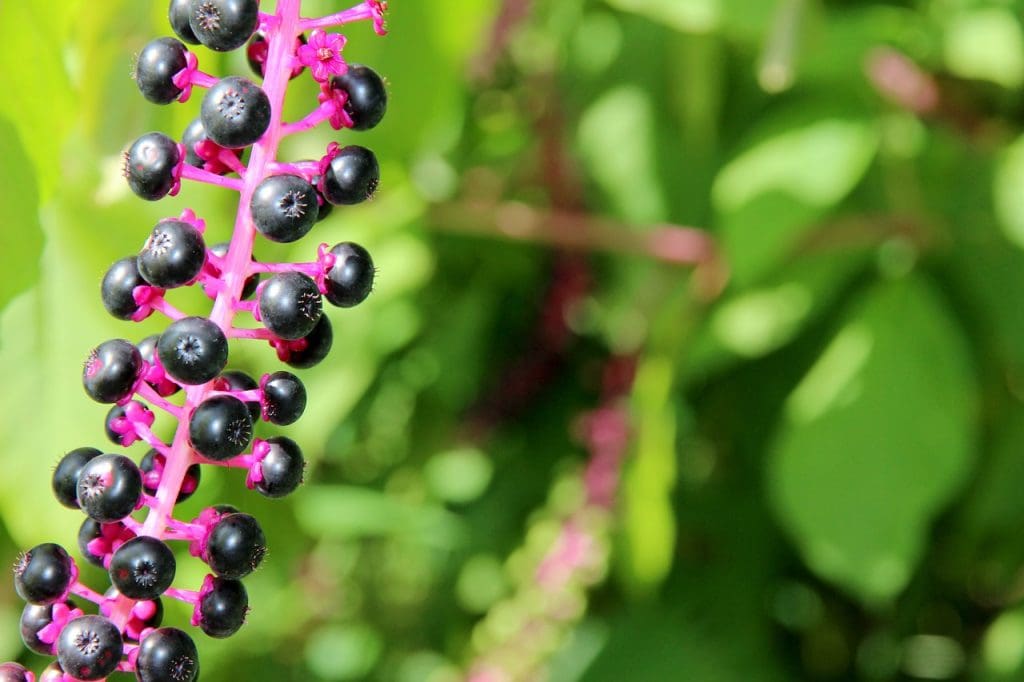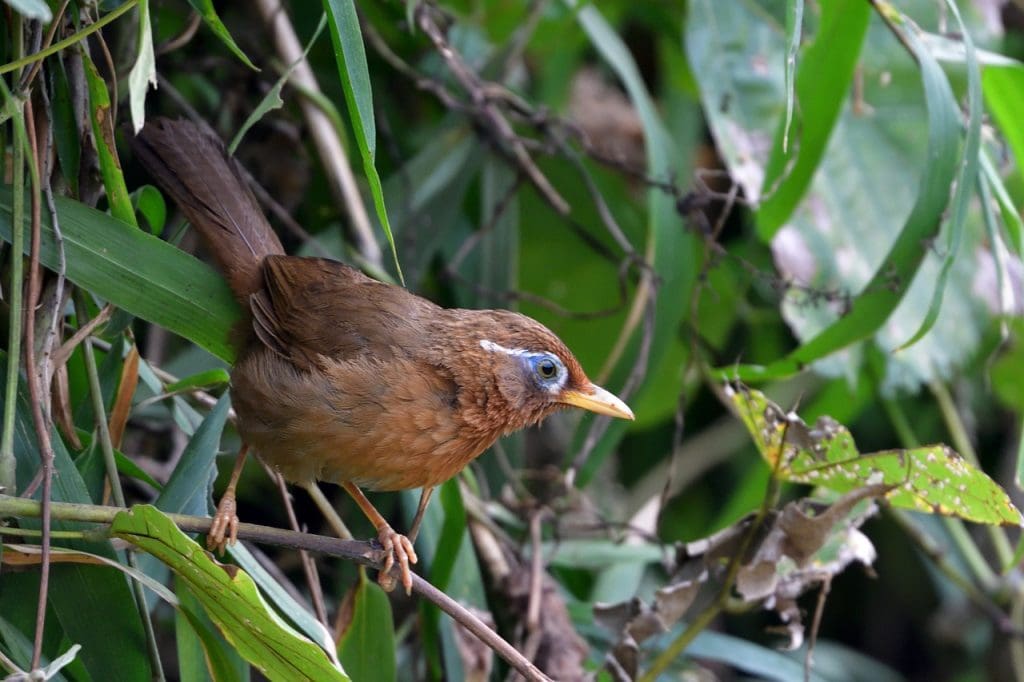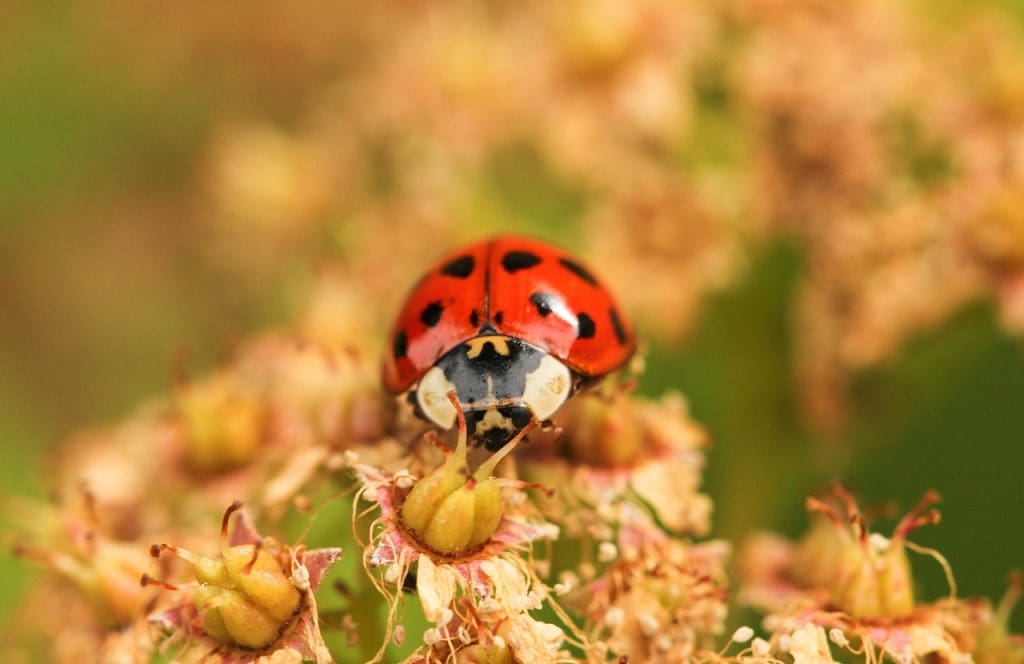Welcome to the “Beginner’s Guide To Identifying Alligator Weed,” where you will embark on a journey to learn all about this invasive plant species. You will discover how to spot alligator weed with ease, understanding its key characteristics and differences from look-alike plants. This guide ensures that by the end, you will feel confident in recognizing alligator weed in various environments, helping to protect your local ecosystems. Enjoy your adventure into the world of plant identification! Have you ever found yourself staring at a patch of dense, tangled vegetation and wondered if it’s just some ordinary weed or something more intrusive? If you’re dealing with an unruly plant in your garden, pond, or local wetland, you might be looking at alligator weed. Recognizing specific plant species can be a daunting task, but don’t worry! This beginner’s guide will walk you through the steps of identifying alligator weed, so you can better manage and control it in your environment.
What is Alligator Weed?
Alligator weed (Alternanthera philoxeroides) is an aquatic and terrestrial plant notorious for its invasive nature. Originating in South America, it has spread to many parts of the world, becoming a troublesome species in the United States, Australia, and Asia, among other regions. Its invasive characteristics allow it to thrive in both aquatic and terrestrial environments, where it competes with native plants, clogs waterways, and disrupts ecosystems.
Why is Alligator Weed a Problem?
Alligator weed is more than just an eyesore. It can have significant negative impacts on the environment and economy. Here’s why:
| Problems Caused by Alligator Weed | Description |
|---|---|
| Environmental Impact | Competes with and displaces native flora, disrupting local ecosystems and biodiversity. |
| Waterways Obstruction | Grows in thick mats that block sunlight and oxygen, affecting aquatic life. |
| Agricultural Issues | Invades crop fields and pastures, reducing yields and the quality of the produce. |
| Economic Costs | High expenses linked to its management and eradication. |
Characteristics of Alligator Weed
Identifying alligator weed starts with recognizing its unique characteristics. Here’s a breakdown you can use to pinpoint this intruder in your area.
Physical Features
Knowing what to look for is the first step toward identification. Alligator weed has several distinguishing physical features that set it apart from other plants.
Leaves
The leaves of alligator weed are simple, opposite, and lance-shaped. They typically measure between 2-10 cm in length and have smooth edges. The leaf veins are prominent and often create a slightly wrinkled appearance. When observing the leaves:
- Look for pairs of leaves directly opposite each other.
- Note the texture; leaves are typically smooth.
- Check for a noticeable midrib running down the center.
Stems
Stems of the alligator weed are hollow and can be green or reddish. When submerged in water, they become buoyant, helping the plant to float. The stems are usually:
- Hollow and buoyant when in water.
- Capable of forming dense mats over the water surface.
- Stoloniferous, spreading along and under the ground.
Flowers
Alligator weed produces small, white, globe-shaped flowers that are about 0.5-1.5 cm in diameter. These flowers typically appear from late spring through the summer. Key characteristics include:
- White, papery petals forming a round shape.
- Solitary flower heads emerging from the leaf axils.
- Appear from late spring to early fall.
Fruits and Seeds
Even though alligator weed flowers, it rarely produces viable seeds in most regions. Instead, it spreads primarily through vegetative means. Therefore, focusing on vegetative traits is more practical for identification.
Roots
The plant forms extensive root systems that anchor it firmly in the ground or submerged soil. The roots can:
- Penetrate deeply into the soil.
- Form new plants readily through small fragments.

Habitat and Growth Patterns
Understanding where alligator weed thrives will help you locate and identify it more easily in your environment.
Aquatic Environments
Alligator weed loves water and often grows in aquatic environments such as:
- Lakes and ponds
- Rivers and streams
- Marshes and swamps
In these settings, it forms dense mats that float on the surface, blocking sunlight and disrupting aquatic ecosystems.
Terrestrial Environments
Interestingly, alligator weed also thrives on land. You’ll find it in:
- Crop fields and pastures
- Roadside ditches
- Garden beds
On land, it can spread quickly, choking out native plants and crops.
Climate Preference
Alligator weed prefers warm, temperate climates. While it can tolerate a range of conditions, it thrives best in areas with:
- Ample sunlight
- High humidity
- Moderate to warm temperatures
Misidentification Risks
Several plants resemble alligator weed, making misidentification a real challenge. Here are a few plants that you might confuse with alligator weed and tips for telling them apart.
| Plant Name | Distinguishing Features |
|---|---|
| Water Hyacinth | Floating plant with purple flowers, and bulbous petioles. |
| Water Pennywort | Small, round leaves with a waxy coating. |
| Parrot Feather | Feathery, bright green leaves in whorls around the stem. |
Comparison with Similar Plants
Understanding subtle differences can help you accurately identify alligator weed.
Water Hyacinth vs. Alligator Weed
- Water Hyacinth has bulbous petioles and a larger, more prominent flower.
- Alligator Weed has more petite, globe-shaped, white flowers and does not have bulbous petioles.
Parrot Feather vs. Alligator Weed
- Parrot Feather features feathery, multi-divided leaves.
- Alligator Weed has simple, lance-shaped leaves.

Controlling Alligator Weed
After identifying alligator weed, the next step is controlling and managing its spread. Here are some strategies to consider.
Mechanical Control
Mechanical methods involve physically removing the plants. This is often effective for small infestations.
Manual Removal
Hand-pulling is effective but labor-intensive. Ensure all parts of the plant, including roots and stems, are removed to prevent regrowth.
Mowing and Cutting
For terrestrial environments, regular mowing can help control growth. However, cutting the plant can lead to spread if not managed properly.
Biological Control
Using natural predators to control alligator weed can be an eco-friendly approach.
Alligator Weed Flea Beetle
The alligator weed flea beetle (Agasicles hygrophila) feeds on the leaves, stems, and roots, aiding in natural control.
| Biological Control Agent | Target | Effectiveness |
|---|---|---|
| Alligator Weed Flea Beetle | Leaves and stems | High in warm, humid environments |
| Moth Arcola malloi | All parts | Moderate to high |
Chemical Control
Herbicides can be effective but should be used cautiously to avoid environmental damage. Consult with a local expert to choose suitable chemicals.
Common Herbicides
| Herbicide Name | Application Method | Considerations |
|---|---|---|
| Glyphosate | Foliar spray | Broad-spectrum; may affect nearby plants. |
| Imazapyr | Foliar spray or soil treatment | Persistent; ensure compliance with local regulations. |
Integrated Pest Management (IPM)
Combining mechanical, biological, and chemical methods can provide a comprehensive strategy to manage alligator weed. IPM focuses on long-term prevention and sustainable control.
Reporting and Legal Considerations
In many regions, alligator weed is a regulated invasive species. Obtaining guidance from local agricultural or environmental authorities can help manage the weed more effectively.
Legal Status
Check the legal status of alligator weed in your area, as it is classified differently across regions.
Reporting Infestations
In some areas, it’s mandatory to report infestations. Quick reporting can lead to faster management and control by local authorities.
Neighbor Collaboration
Communicating with neighbors and community groups can create a more unified, effective approach to managing and eradicating alligator weed in your area.

Conclusion
Identifying alligator weed may seem challenging at first, but with this guide, you should feel more confident in spotting this invasive species. Remember, understanding its physical features, habitat preferences, and the risks of misidentification are crucial in managing its spread. Employing a mix of mechanical, biological, and chemical control methods, guided by legal and community collaboration, can effectively tackle this unwelcome plant.
Now that you’re equipped with the knowledge to identify and manage alligator weed, your efforts can make a significant impact on preserving your local environment. Happy identifying, and may your greenspace thrive in the absence of this pesky intruder!
